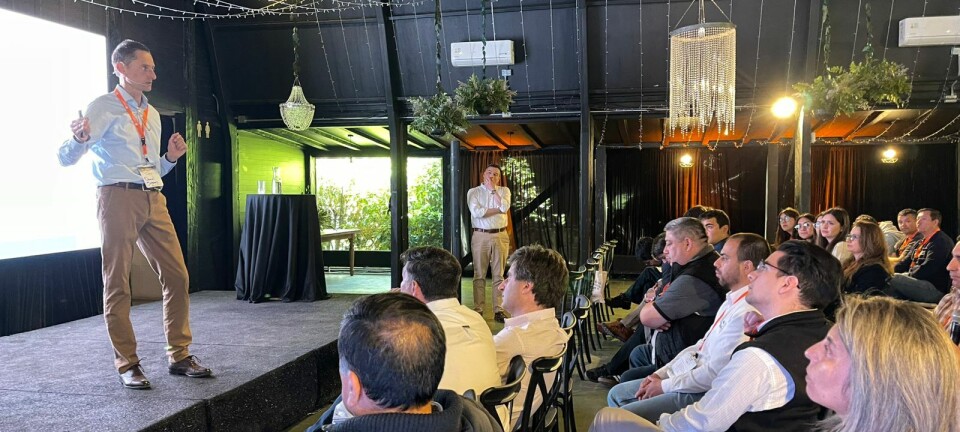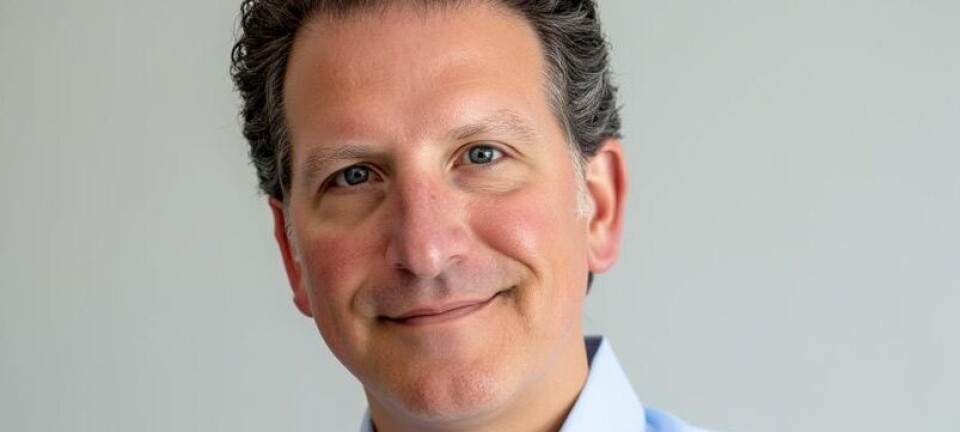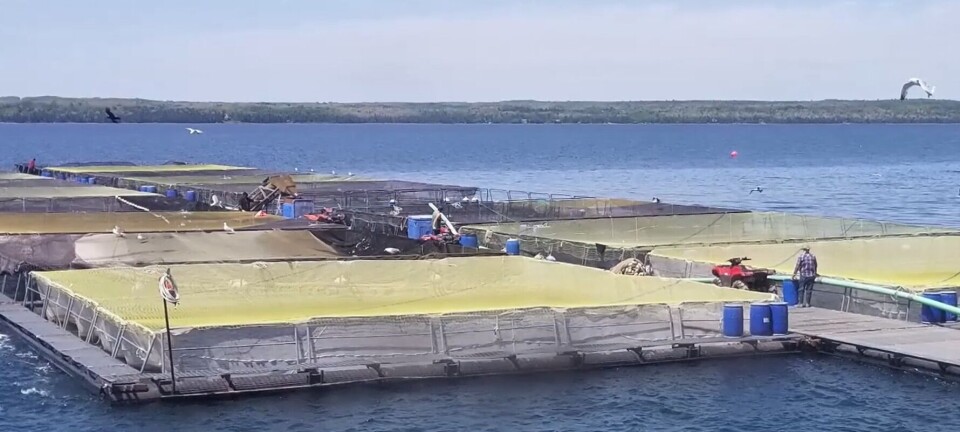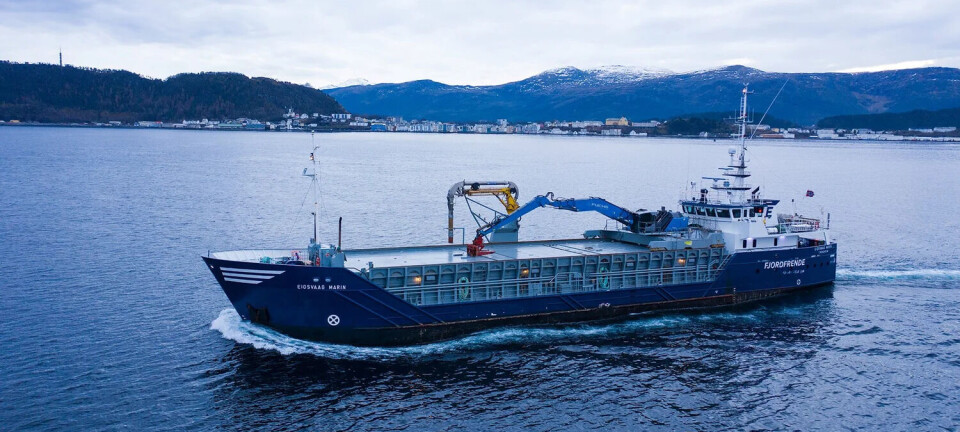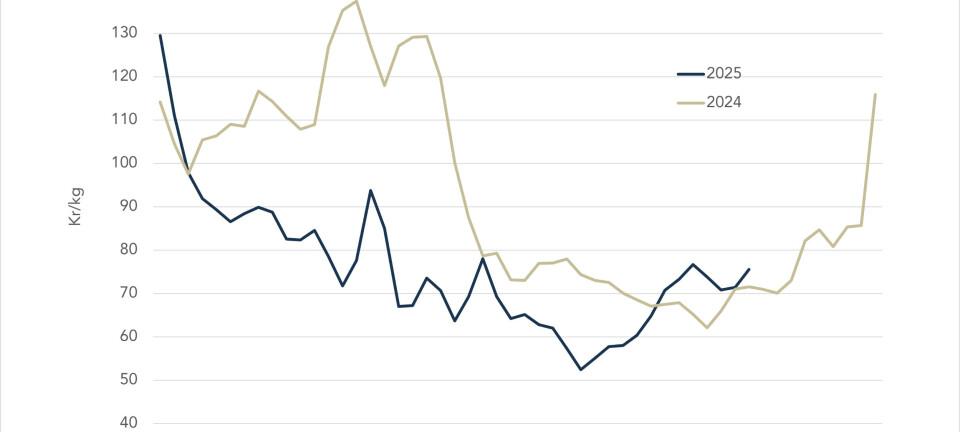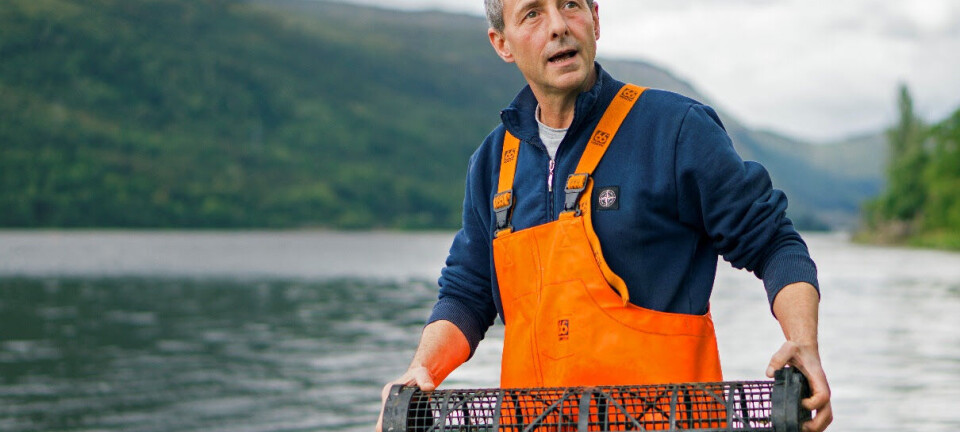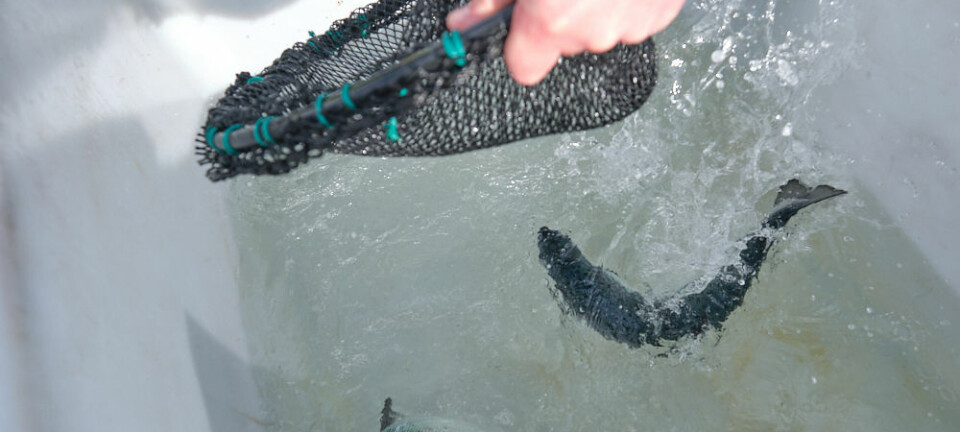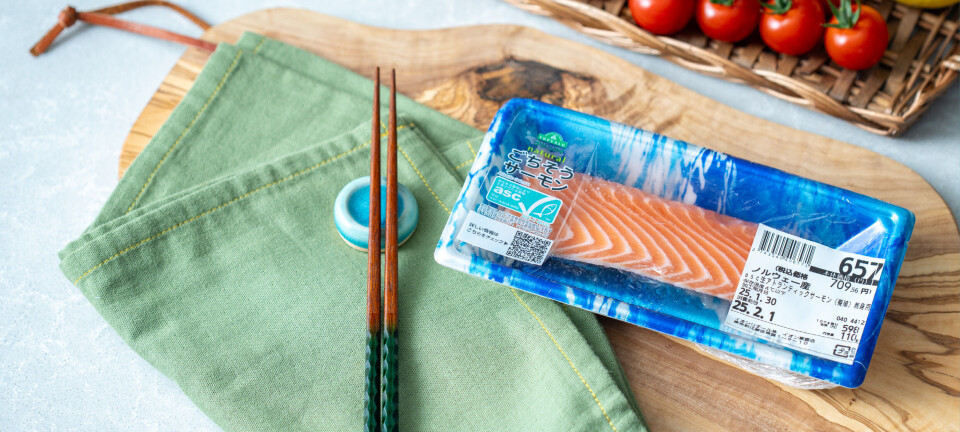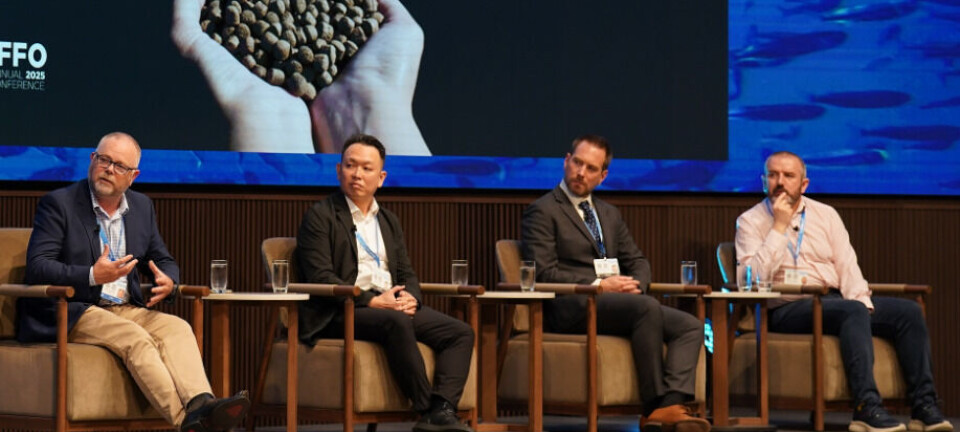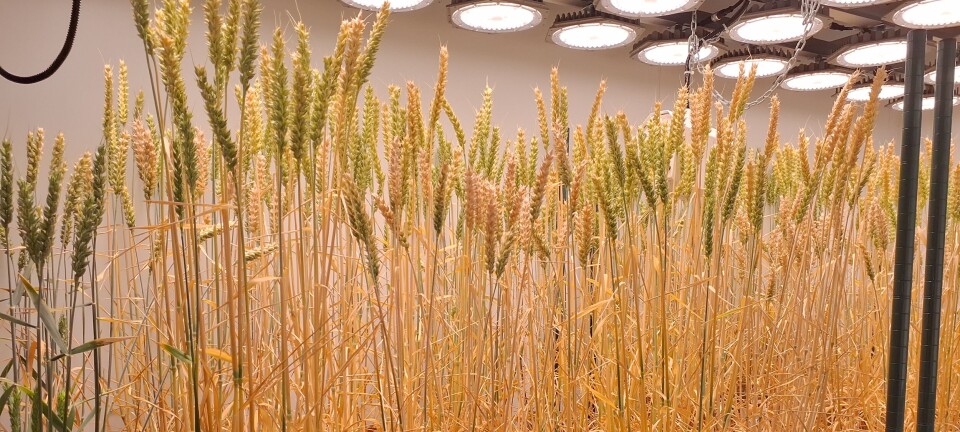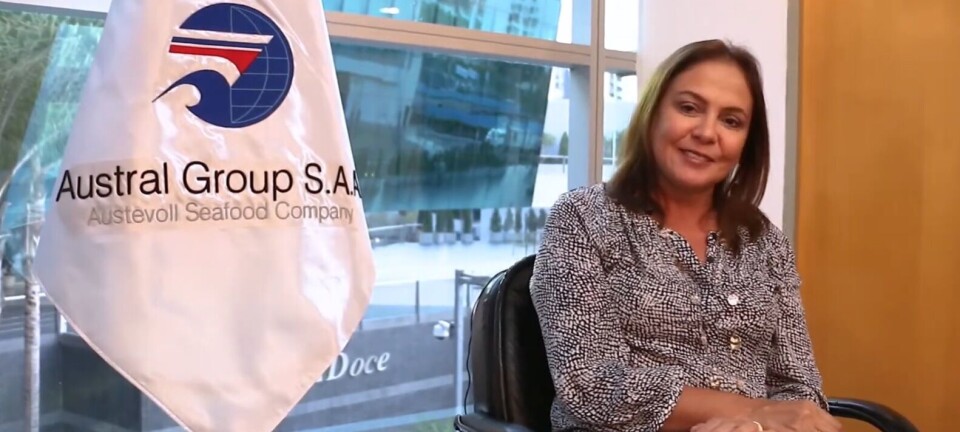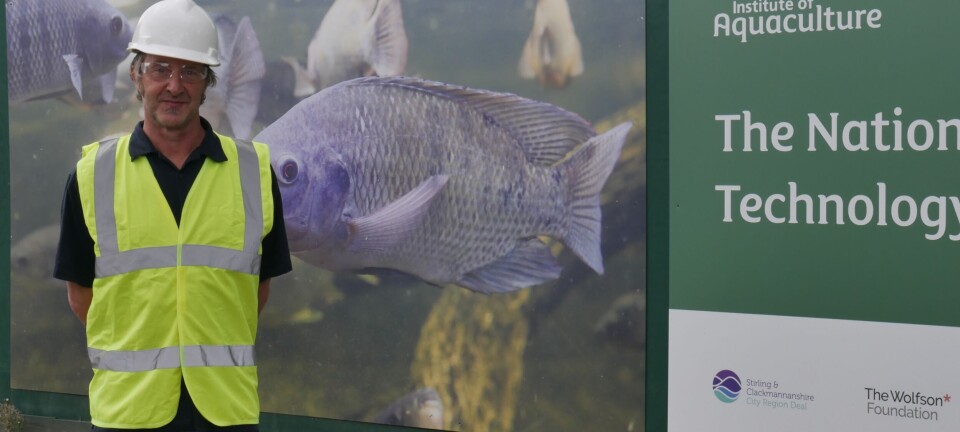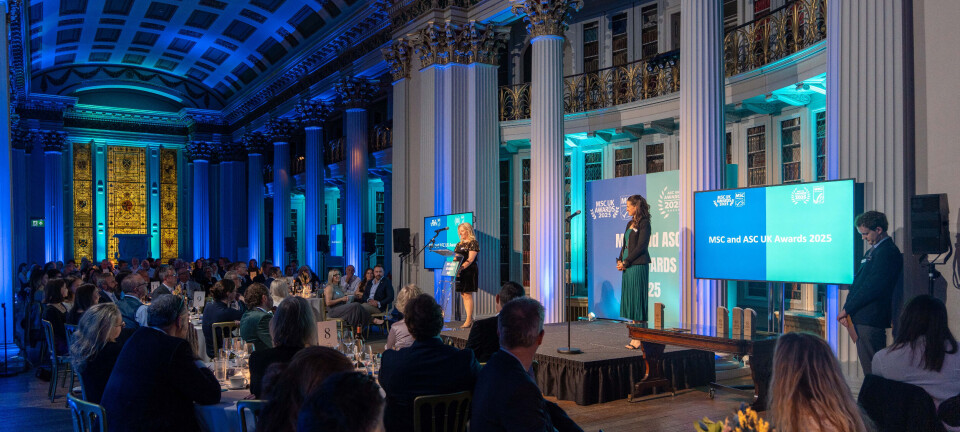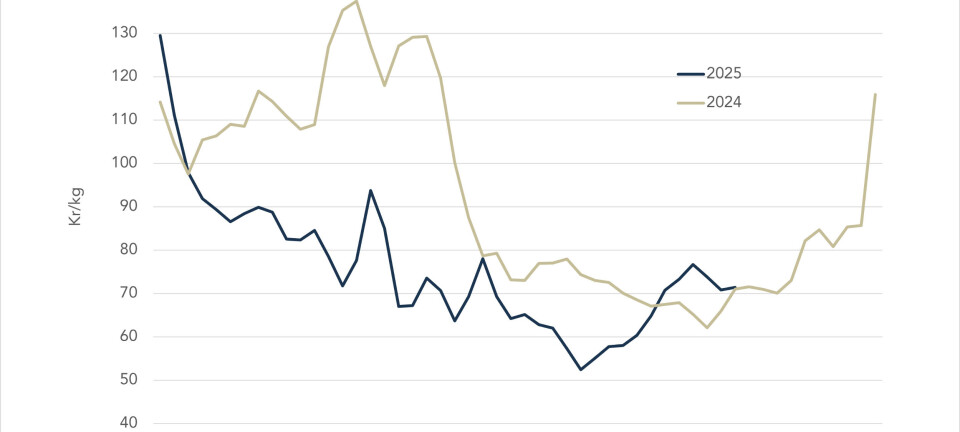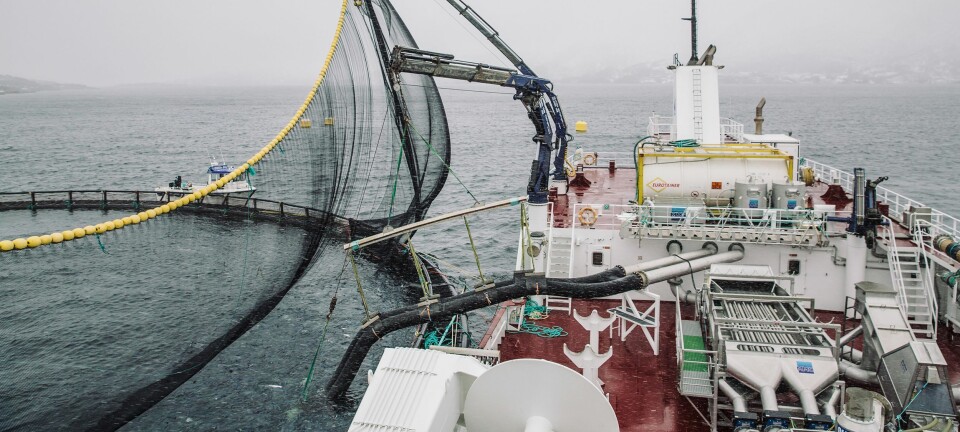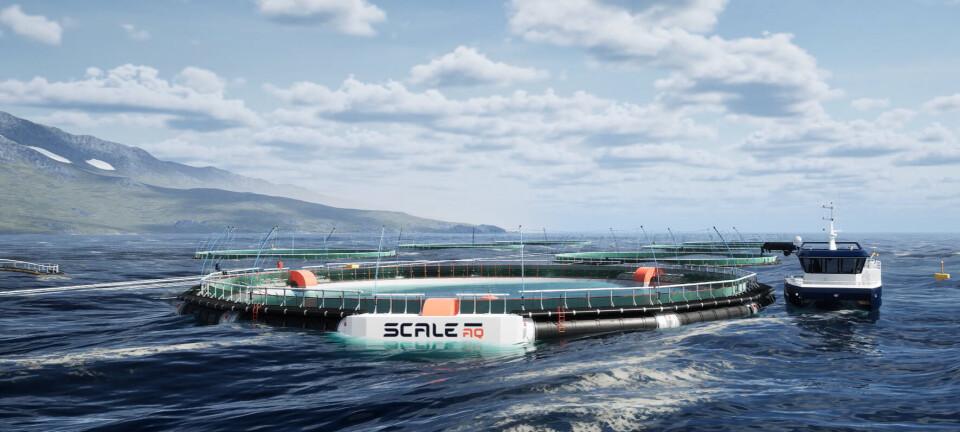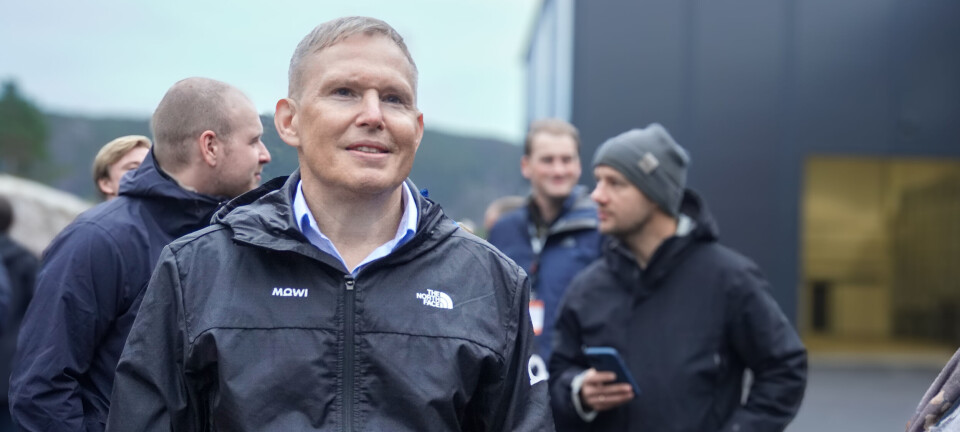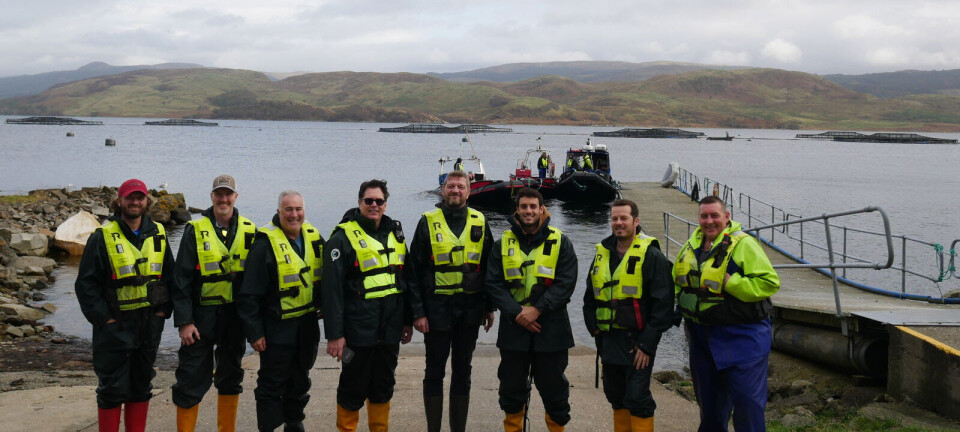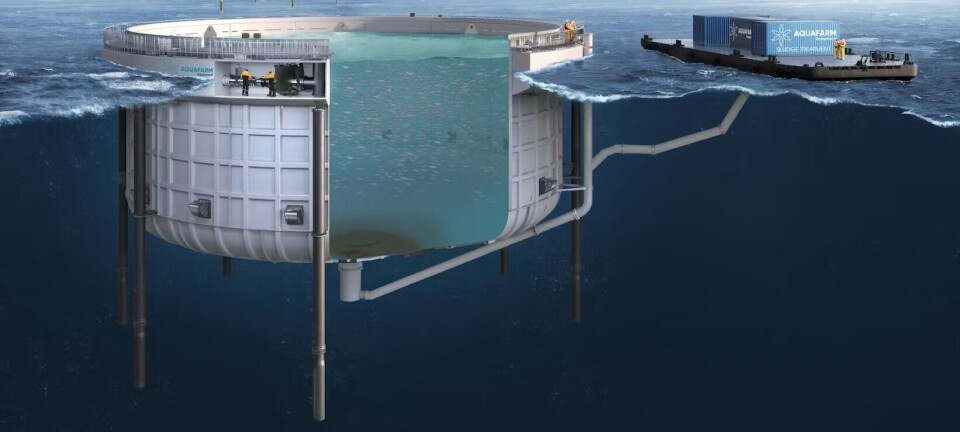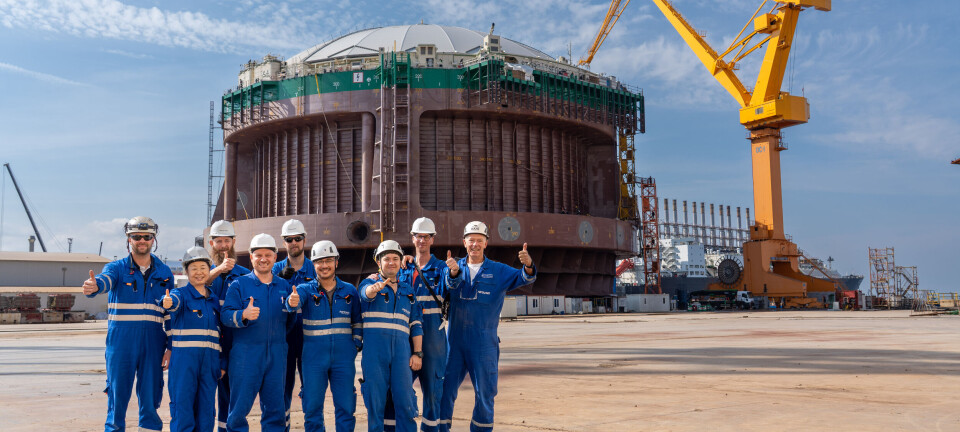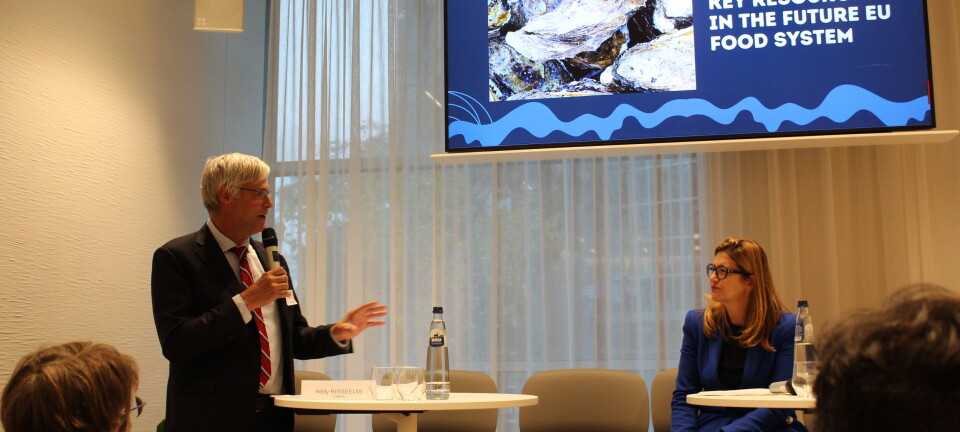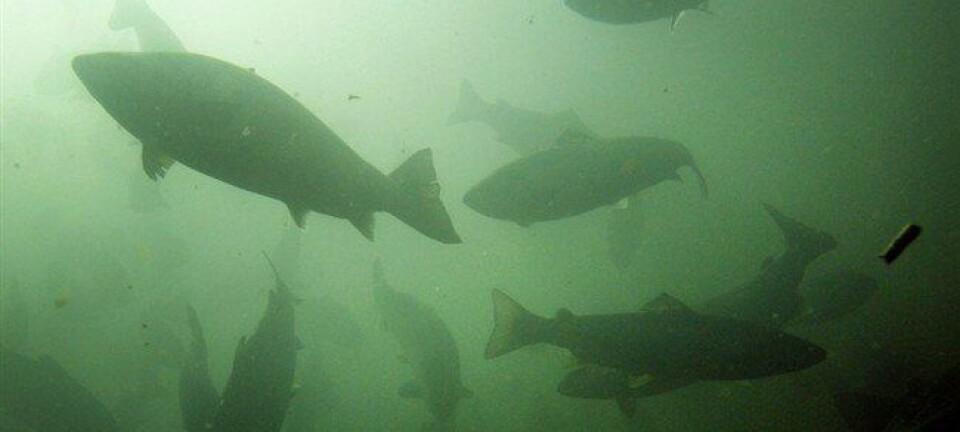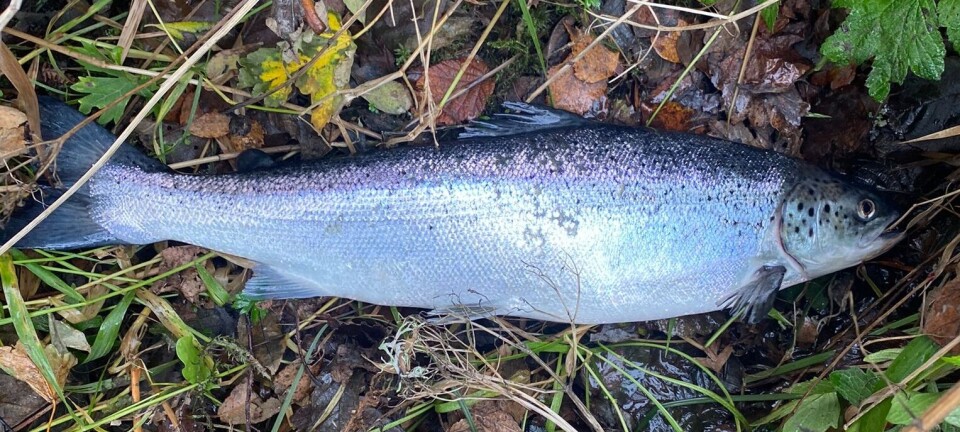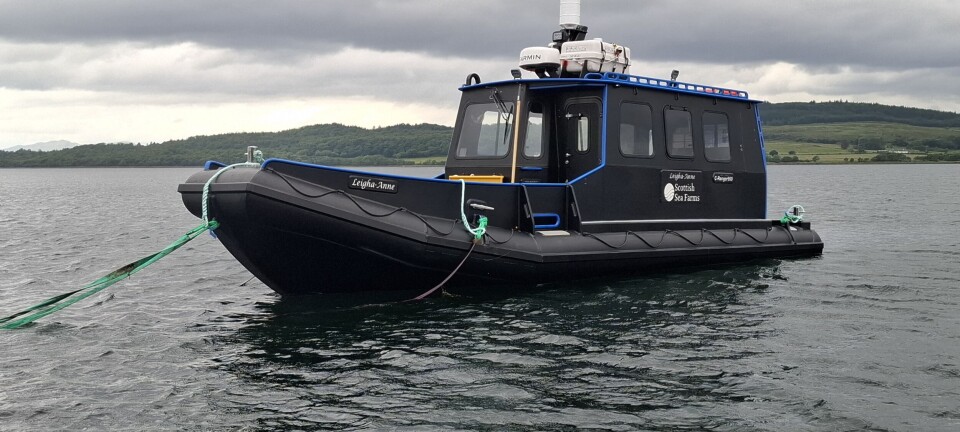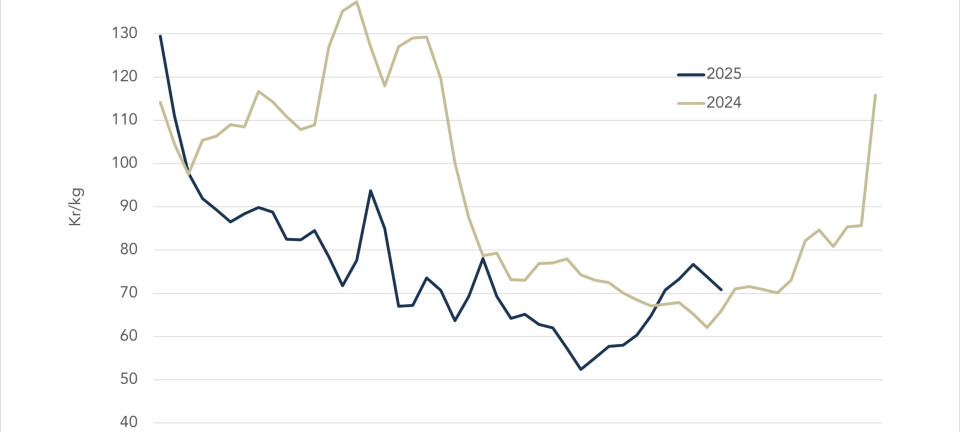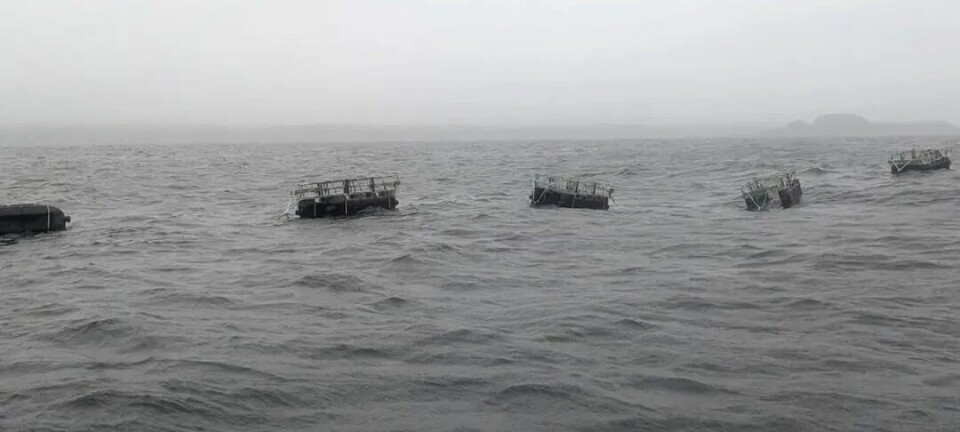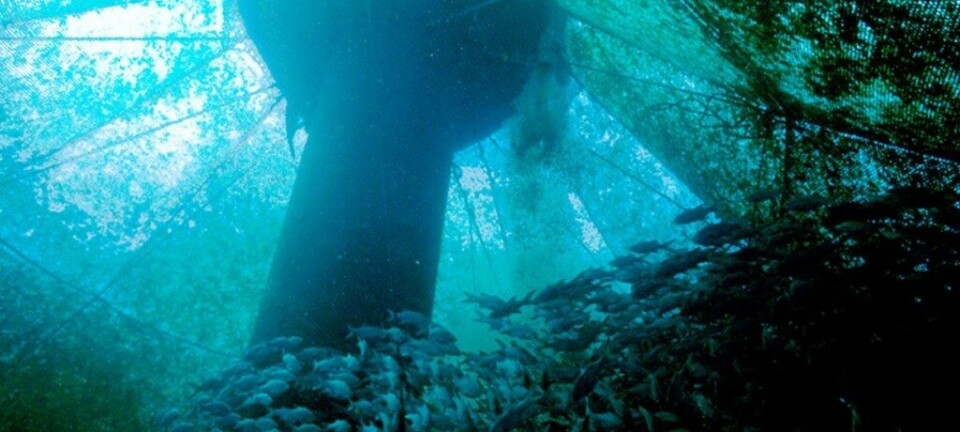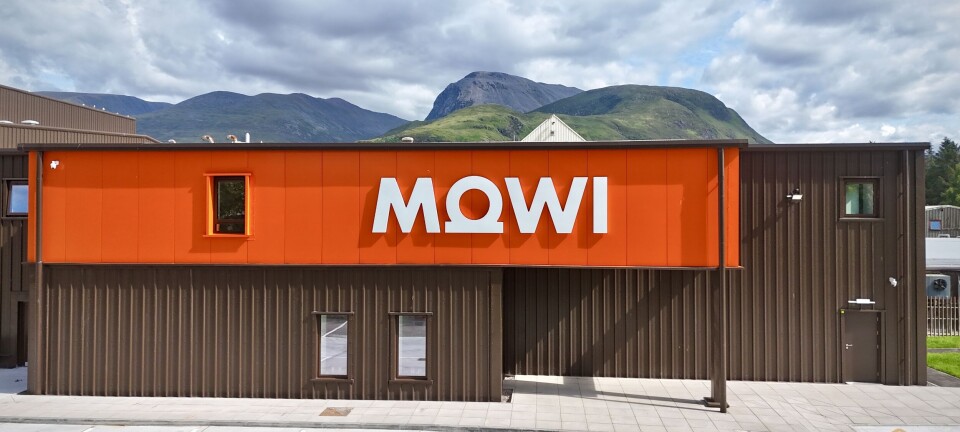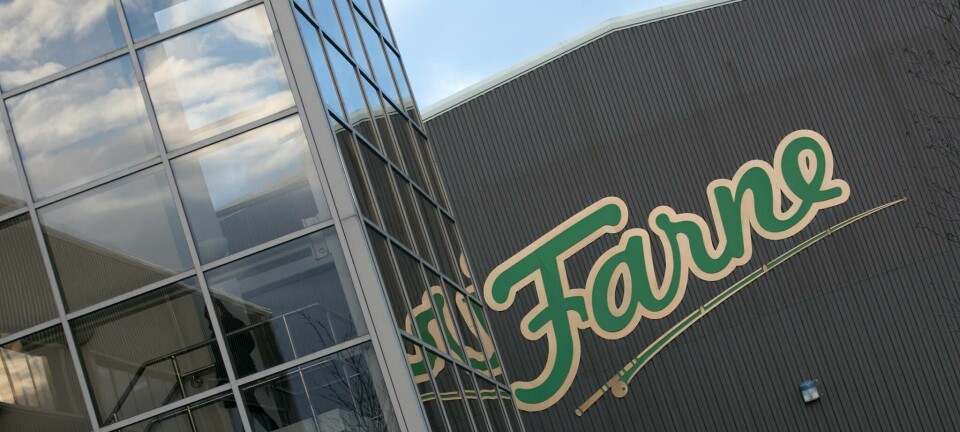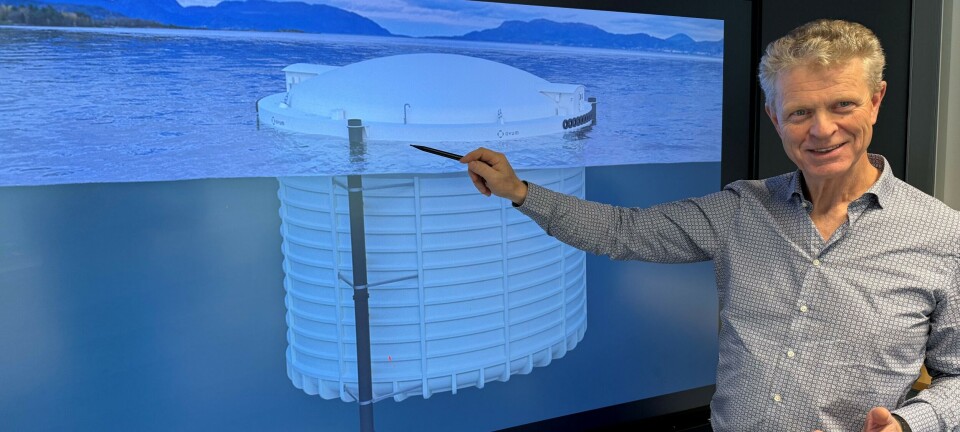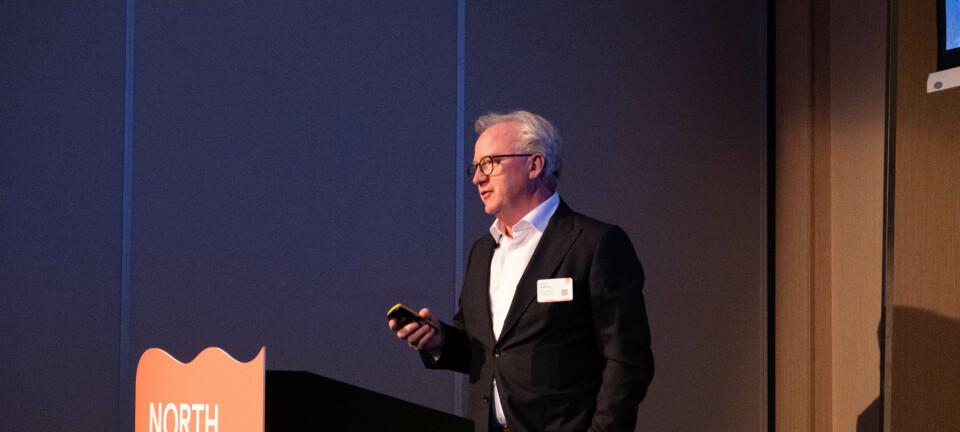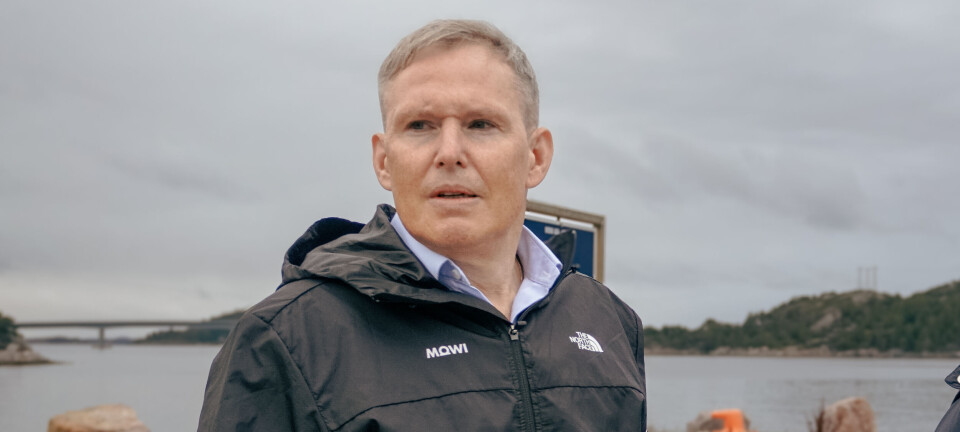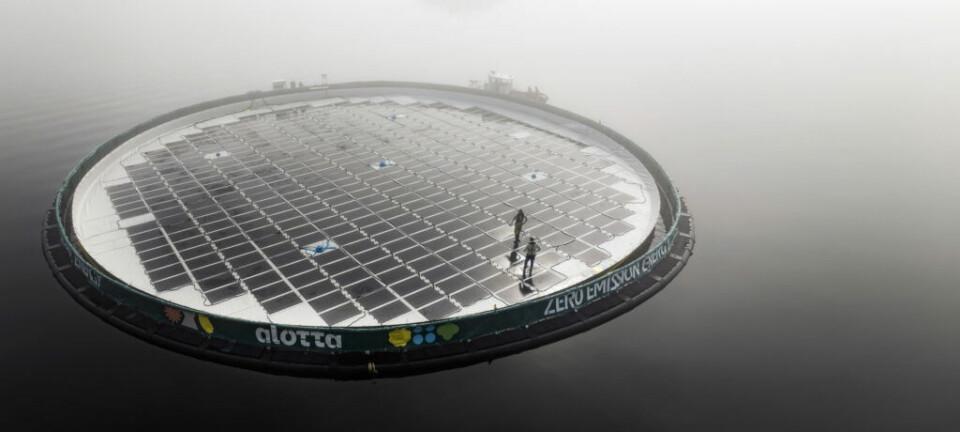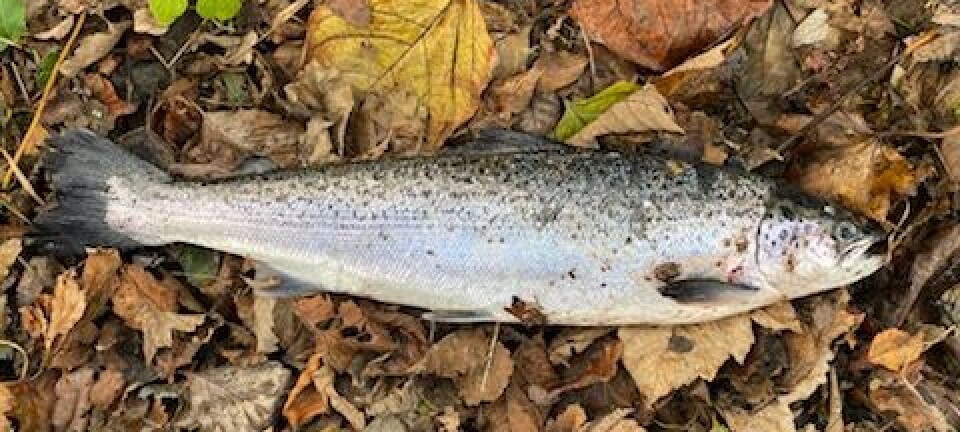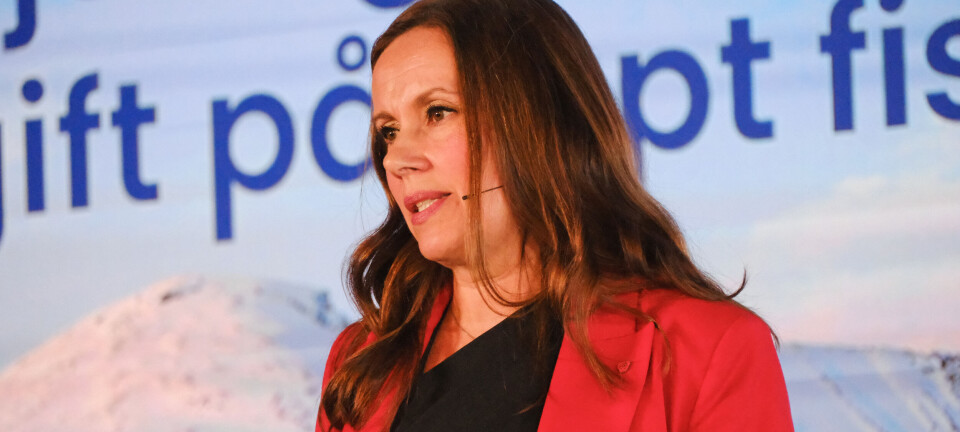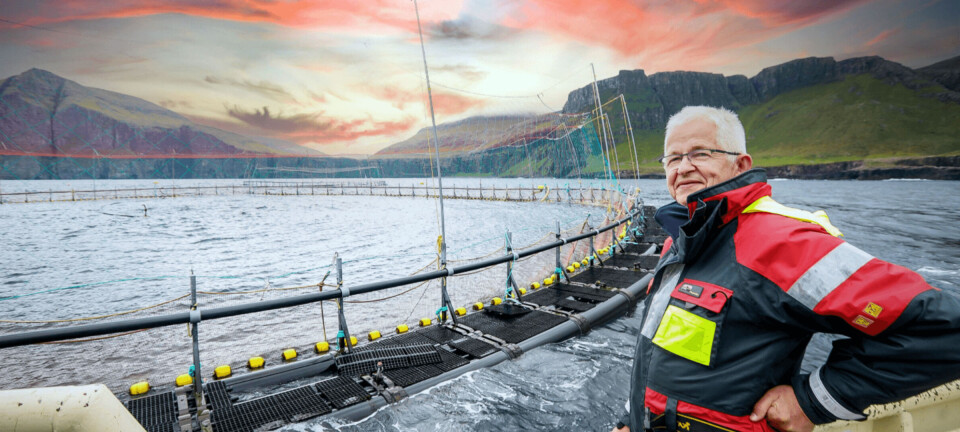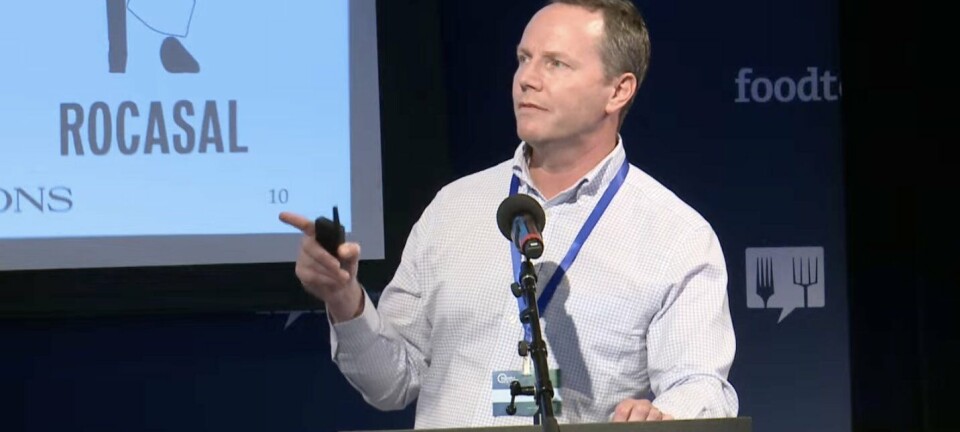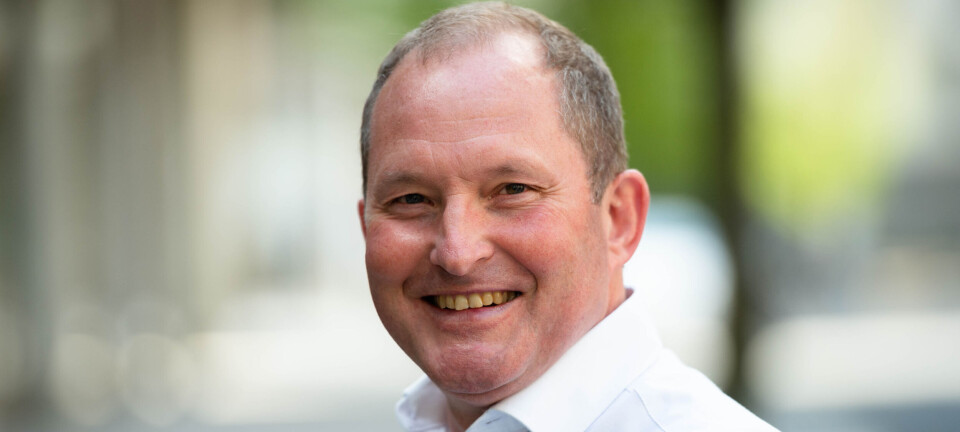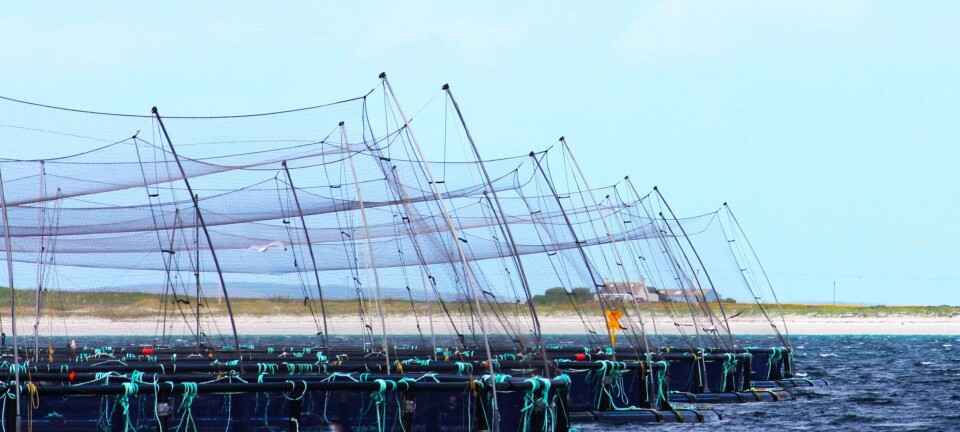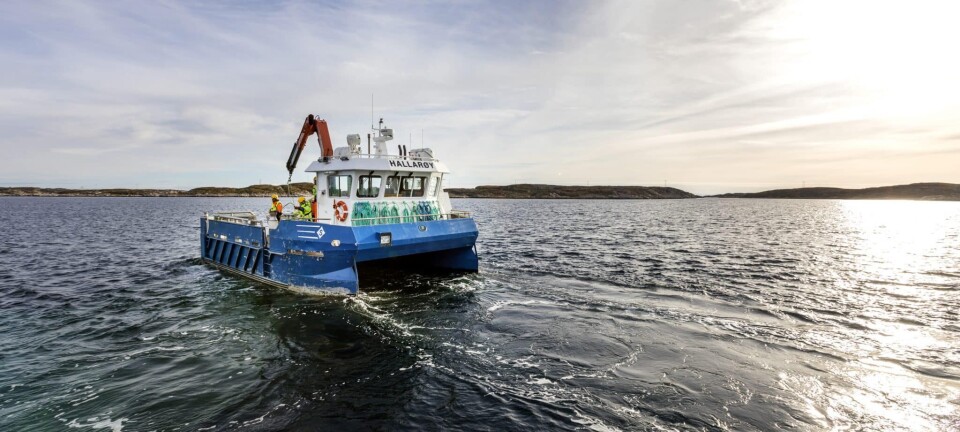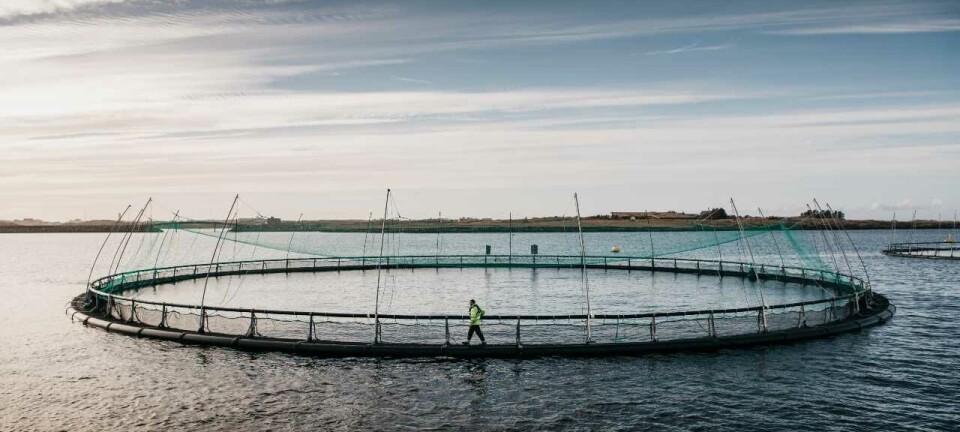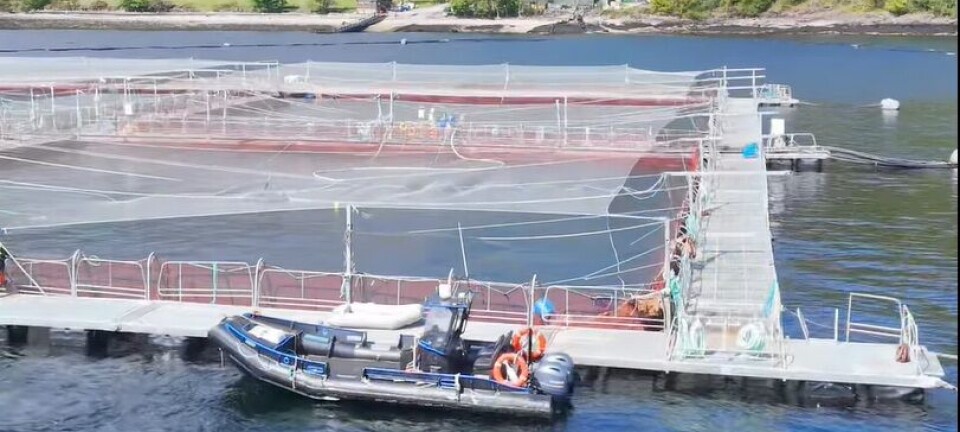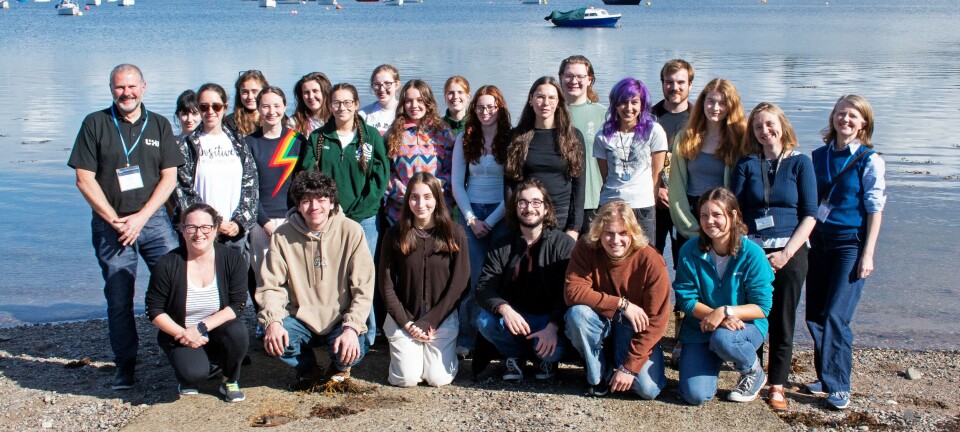Virginia cobia farm’s future look bright
Tor-Eddie Fossbakk David Russell, Vice President, Aquatic Operations, MariCal, told FishFarmingXpert that “MariCal’s partner company, Blueridge Aquaculture has an impressive facility in Martinsville. Our pilot plant in Saltville is relatively small. Phase one of scale up is planned for this fall. After it is completed it will be impressive. The current RAS pilot system has the capacity to produce up to 45 tonnes per year if it were ran as a production system. Since we have research goals this first go around, production will be less. Next phase will take us over 45,000 tonnes annual production. The goal is to be far beyond this volume within a few years.” “We believe that freshwater-raised cobia is the next chicken of the sea — one that will fill growing consumer demand for marine fish high in Omega 3 fatty acids without burdening the ocean’s already depleted fish stocks,” Bill Martin, Virginia Cobia Farms’ chairman, told Martinsville Bulletin. Martin eventually plans to produce up to 90,000 tonnes of cobia a year at his southwestern Virginia farm. “90,000 tonnes is a heck of a lot of fish coming from one spot,” Martin said. That “one spot” is Saltville, a small town that stands to gain lots of jobs from the upstart company. Last fall, Virginia Governor Timothy Kaine estimated that Virginia Cobia Farms would create 60 new jobs for the region. Virginia Cobia Farms is a joint venture by Martin’s fish farm, Blue Ridge Aquaculture Inc. of Martinsville, the nation’s largest tilapia producer, and MariCal Inc., of Portland, Maine. MariCal is a privately held animal health and nutrition biotechnology firm that discovered a way to raise saltwater species in low-salinity fresh water — without compromising taste, texture or nutritional content. MariCal’s technology involves a protein that serves as a calcium-sensing receptor, which Harris described as a “molecular thermostat.” “The receptor is what allows our bodies, as well as fish, to sense various concentrations of ions, which are salts dissolved in water,” he says. “Just as a thermostat continuously senses temperature and makes adjustments, the calcium receptor in fish serves as a salinity sensor. We’ve discovered a way to modulate this natural sensor so that marine fish can thrive in water with very low salinity.” Harris added, “We don’t do anything to the fish. There are no genetic modifications, no antibiotics, and no hormones. We’re simply signaling this natural sensor. It’s sort of like putting your hand over a thermostat to raise the temperature reading. You’re not doing anything to the thermostat. You’re simply triggering a response.” Picture: The juvenile rearing facility for Cobia at the Virginia Cobia Farm in Saltville, Virginia.
